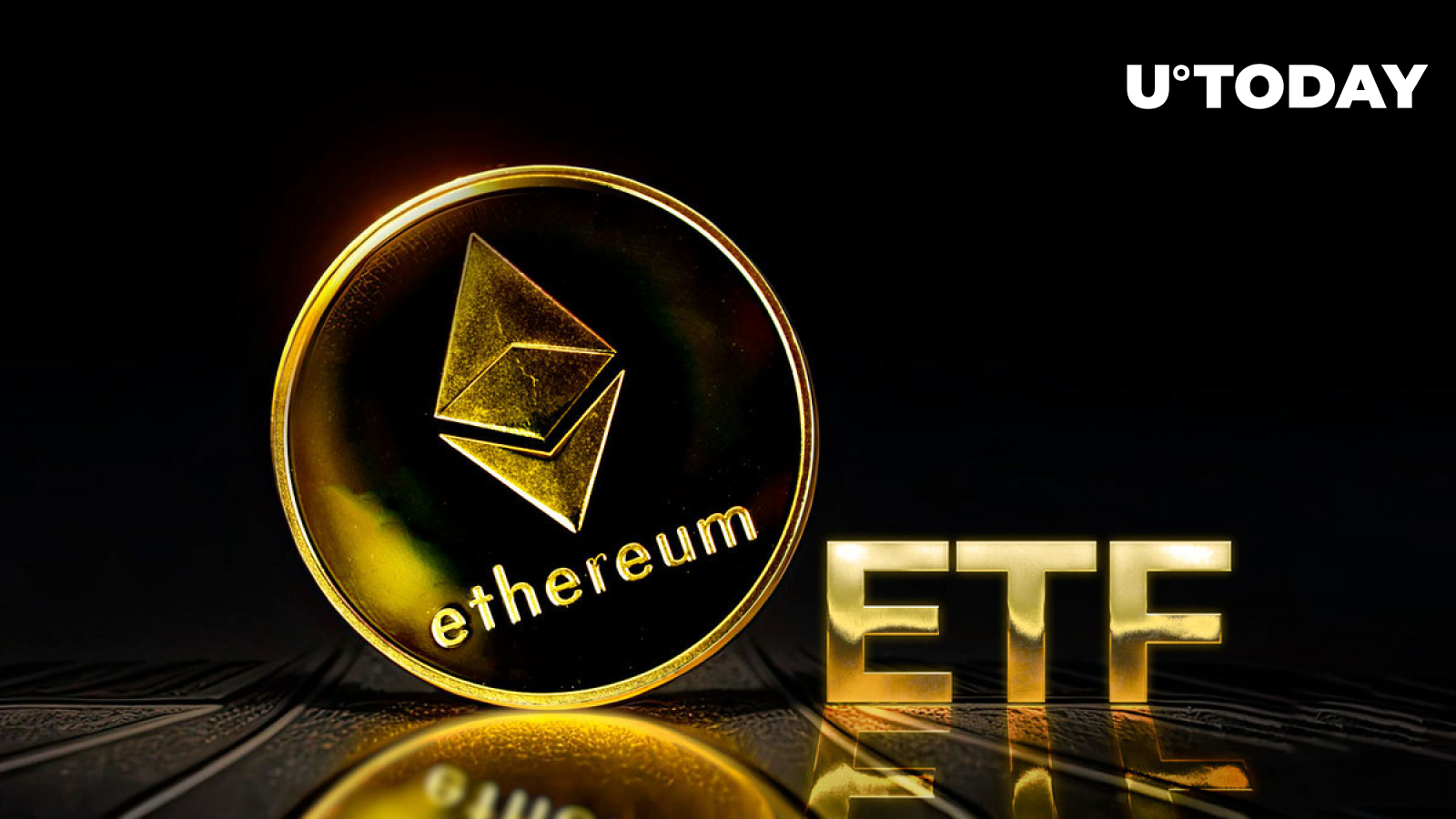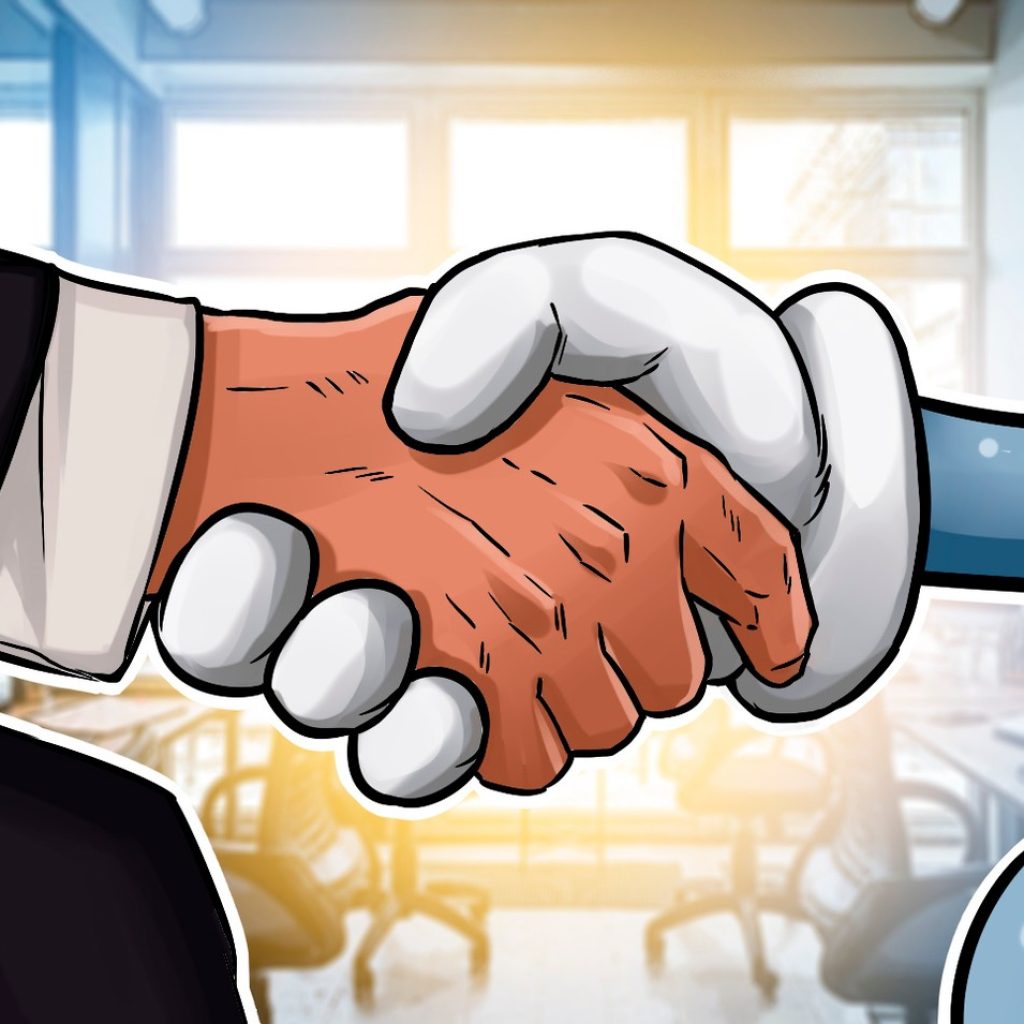Layer-2 scaling protocol Arbitrum One has recently shared its latest performance report, demonstrating how it surpasses the Ethereum network in terms of total transactions processed. According to the report, Arbitrum One protocol processed a total of 1.26 million transactions in a week, while the Ethereum network processed just 939,000.
This performance gap highlights the limitations of the Ethereum network’s scalability despite the recent transition to the Proof-of-State consensus model. The emergence of Layer-2 protocols like Arbitrum has offered a solution to these limitations, and there is currently a prominent war amongst the L2 protocols resident on the Ethereum mainnet.
The Emergence of Layer-2 Protocols
The limitations of the Ethereum network’s scalability have been a major factor in the emergence of Layer-2 protocols. These protocols are built on top of the main Ethereum network and offer better scalability, faster transaction processing times, and lower gas fees. This has resulted in a prominent war amongst L2 protocols like Arbitrum, Optimism, Polygon zkEVM, zkSync, and Loopring, among others, to offer better scalability and faster transaction processing times.
Arbitrum’s latest performance report highlights its lead among L2 protocols in terms of transaction throughput. Besides processing 1.26 million transactions in a week, Arbitrum Nova, another layer of Arbitrum, processed 1.18 million transactions for the same period. This figure is higher than that of the Ethereum network, which demonstrates the scalability advantage of Arbitrum. In addition to its high transaction count, Arbitrum has also seen the launch of innovative protocols on its platform, which is an important highlight of its performance report.
Another important highlight of Arbitrum’s performance report is the launch of a job board aimed at helping developers within its ecosystem to land top developers to help build out their projects. This initiative demonstrates Arbitrum’s commitment to its developers and the importance of developing a thriving ecosystem to enhance the overall image of the Ethereum blockchain.
The Comparative Advantages of L2 Protocols
While there is a war amongst L2 protocols, each protocol boasts different comparative advantages in terms of Transaction Per Second (TPS) and gas fees. For example, Polygon recently revealed its performance report for its zkEVM sidechain, noting a total transaction growth of 300% for the month of April. This figure highlights the scalability advantage of Polygon, and the importance of developing innovative L2 protocols to enhance the overall image of the Ethereum network.
Another top-performing L2 protocol is Optimism (OP), which has gained popularity due to its fast and low-cost transactions. The protocol uses optimistic rollups to bundle multiple transactions together and submit them as a single batch to the Ethereum mainnet. This results in significantly lower gas fees and faster transaction confirmations compared to the main Ethereum network.
In addition, zkSync, a trustless, zk-rollup protocol, offers high throughput and low gas fees. It uses zero-knowledge proofs to verify the validity of transactions, allowing it to process up to 2,000 transactions per second (TPS) and offer gas fees that are up to 100 times cheaper than on the Ethereum mainnet.
Conclusion
The emergence of Layer-2 protocols like Arbitrum, Optimism, Polygon zkEVM, zkSync, and Loopring has offered a solution to the limitations of the Ethereum network’s scalability. These protocols offer better scalability, faster transaction processing times, and lower gas fees, and there is currently a war amongst L2 protocols to offer better scalability and faster transaction processing times. Arbitrum’s latest performance report highlights its lead among L2 protocols in terms of transaction throughput, and the launch of a job board to aid the developers within its ecosystem to enhance the overall image of the Ethereum blockchain.





